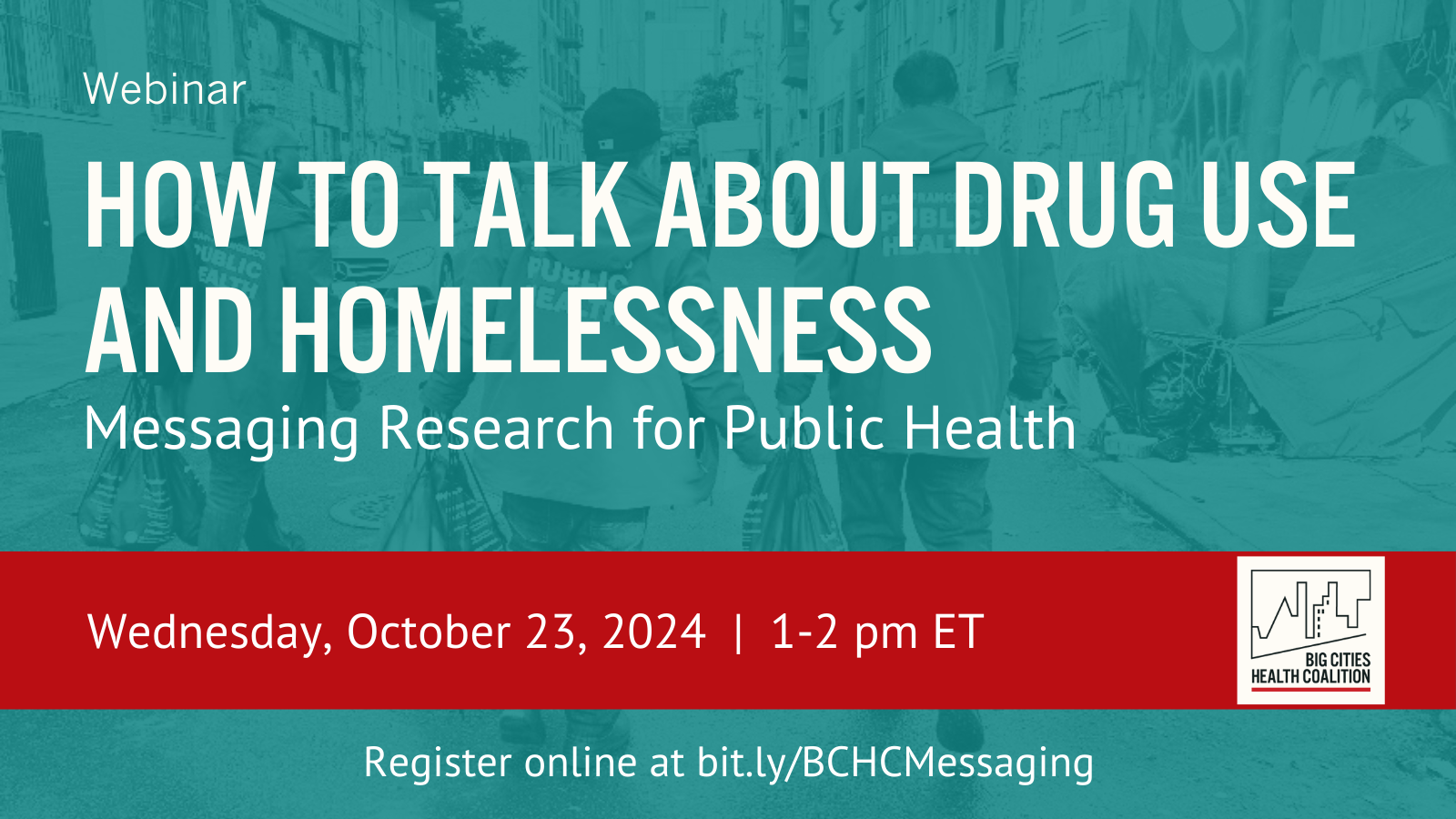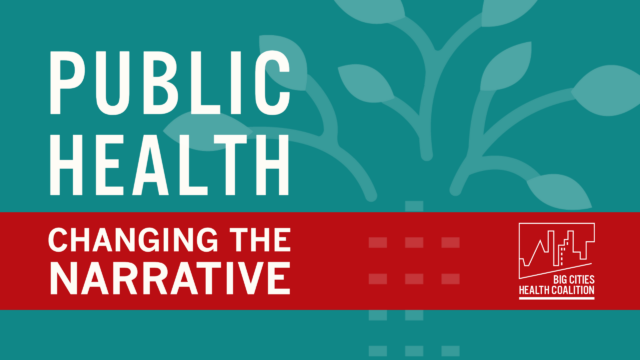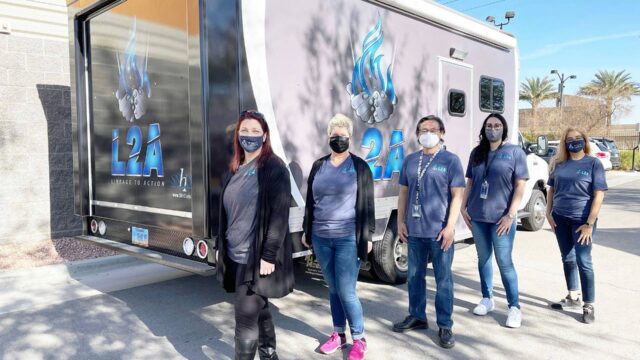Frontline Blog
City residents support public health approaches to drug use, homelessness: a messaging playbook
August 2024
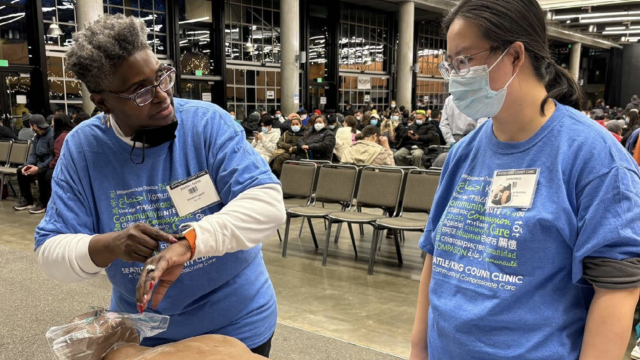
In this playbook, learn what city residents believe about drug use, homelessness, and community safety – and how to talk persuasively about public health solutions.
The Big Cities Health Coalition polled residents in its member jurisdictions about how government should address issues affecting them. The results show broad support for a public health approach to these problems and support for increased investment in those solutions. A public health approach includes harm reduction strategies and prioritizing access to drug treatment programs and affordable housing over arrests and incarceration.
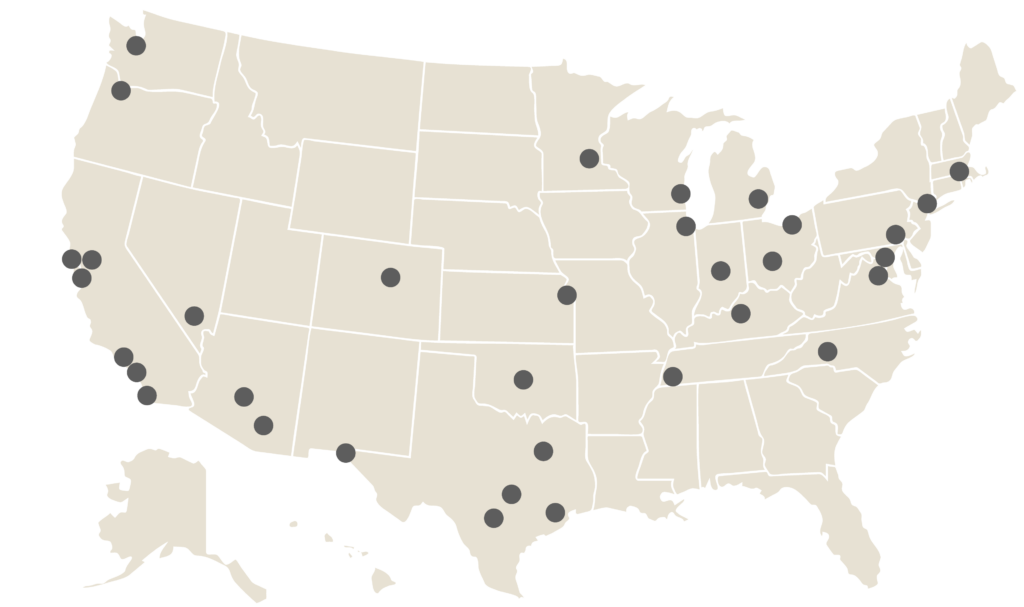
These findings are based on polling and focus groups conducted across BCHC’s member cities.
Understanding city residents’ broad support for a public health approach is particularly important now, as tens of billions of dollars in opioid settlement funds are seemingly reaching local jurisdictions.
These findings also help establish core messaging that can be used when discussing these interrelated health issues with colleagues, constituents and the news media.
Table of contents
Overview of the findings
City residents support a public health approach to addressing drug use and homelessness.
Seven in 10 city residents think a public health approach is the right way to tackle issues of homelessness and drug use and improve the overall well being of their city.
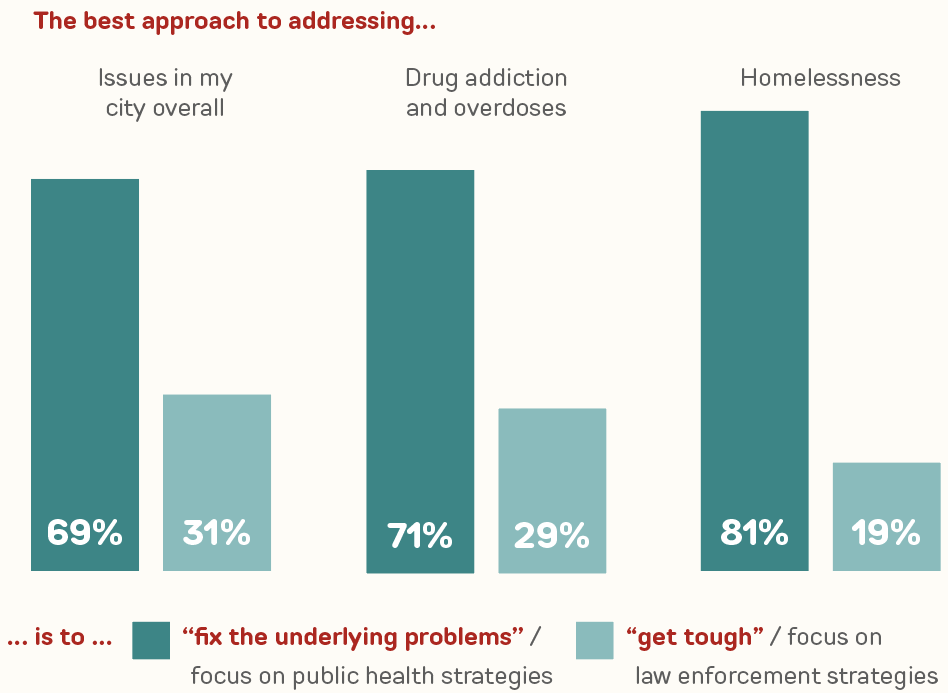
City residents think economic factors and poor mental health are the top drivers of crime, substance use, and homelessness.
Two thirds or more say that unaffordable housing, high inflation and cost of living, and the mental health crisis in the U.S. are each main causes or a big cause of these other problems. They see foundational solutions as required in order to solve crime, homelessness, and drug use and overdoses in their cities.
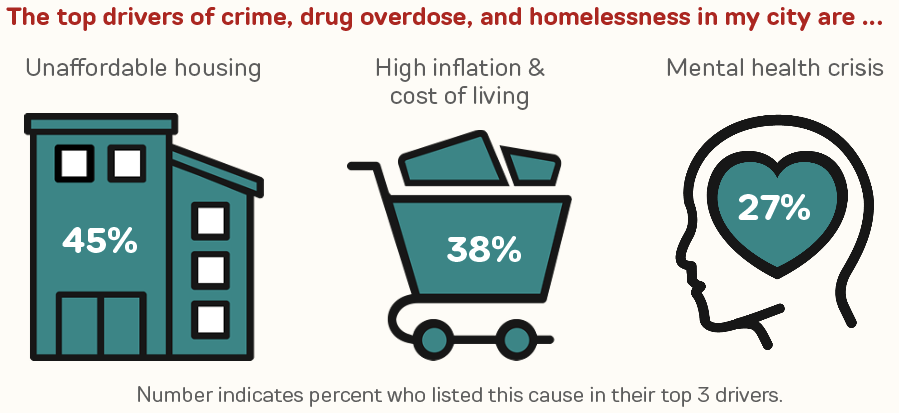
City residents want greater resources to support effective services and programs.
Six in 10 city residents think their city does not invest enough in services and programs that save lives and improve health. Additional investments are needed at the federal level to ensure adequate funding in communities across the country.
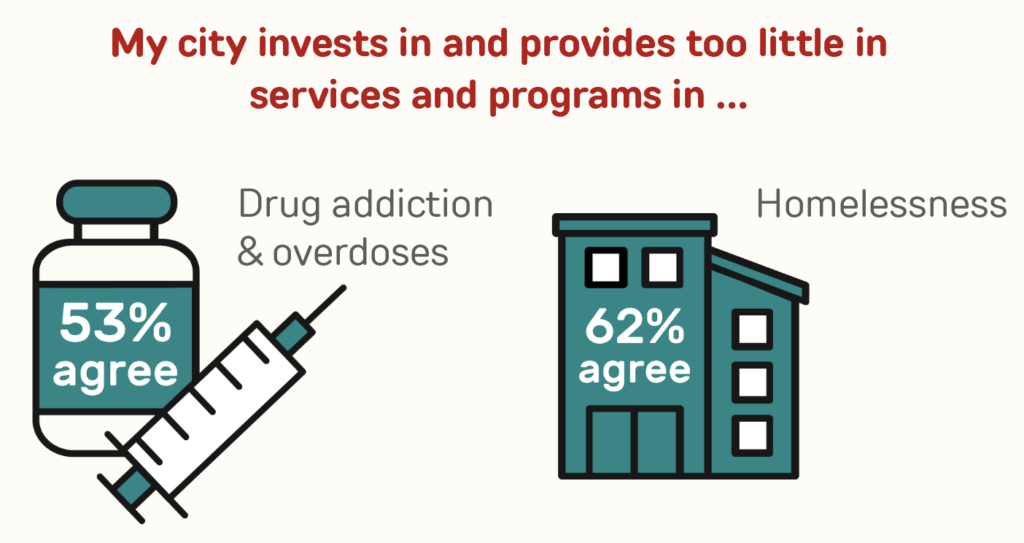
Watch our webinar on these findings
Plus, hear from Seattle & King County’s senior substance use advisor, Brad Finegood, about how they approach messaging on their overdose response.
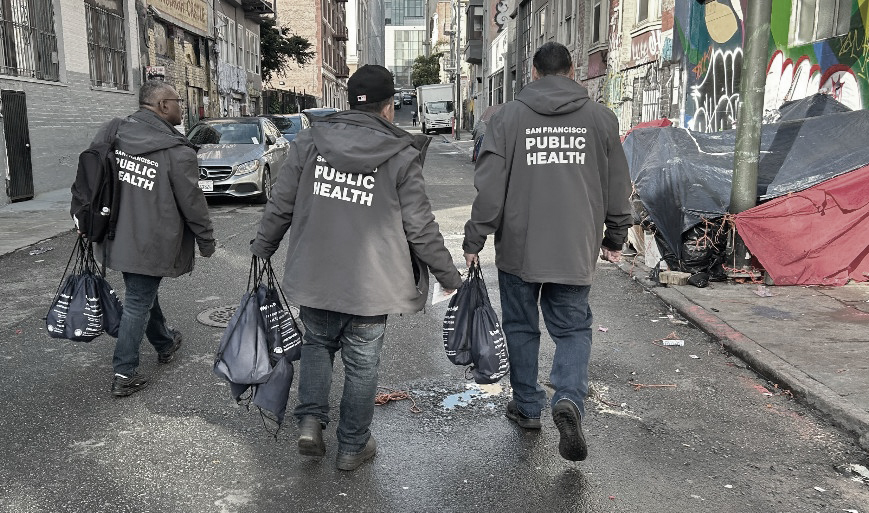
The City of San Francisco’s Street Medicine program brings medical care directly to unsheltered people. This street-based outreach and engagement is rooted in relationship development and patient-centered care. It streamlines access to short-term needs — from overdose follow-up and wound care to food vouchers and haircuts — while also linking people to substance use treatment, mental health services, case management, and much more. Once urgent patient needs are stabilized, the team helps them progress into more traditional primary care that strengthens their foundation going forward.
Messaging mindset
This research points to six strategic recommendations for messaging on these issues.
Acknowledge city residents’ views that cities are facing a multipronged crisis of homelessness, overdose, mental health, and community safety.
Avoid getting bogged down in a crime debate; pivot to arguments that match residents’ beliefs that a public health approach is the best solution to these issues.
Focus on values public health practitioners share with city residents: people who are struggling need opportunities and support rather than being treated like criminals.
Emphasize that individual and community health are affected by many factors, including the extremely high cost of living, which is taking a toll that can lead to significant health consequences.
Share specific examples of how prioritizing the public health approach yields both short-term impact and long-term solutions.
Turn the need for public investment into a rallying cry. City residents do not think their cities invest enough in public health and mental health.

The CIty of Boston — as part of a multi-sector partnership — has developed the Live Long and Well Agenda, which “aims to improve life expectancy and reduce racial and ethnic health disparities.” This effort spans cardiometabolic diseases and cancers; infant, maternal and older adult health; mental and behavioral health; and substance use disorders (SUDs). In the latter category, the city is expanding its work to prevent substance use as well as help those already living with SUDs. This issue has particularly affected Black and Latinx residents of Boston, with these communities experiencing higher rates of both fatal and non-fatal drug overdoses compared to white residents.
The city has also taken concrete action to transition people from tents to temporary housing with low barriers for entry. (The facility run by the Boston Public Health Commission is pictured above.) This approach — rooted in proven, evidence-based strategies — supports and provides critical services to people with a substance use disorder. This important work today is the first step toward long-term housing solutions and better health outcomes. The city now has six highly accessible sites with 200 total beds. Each location provides medical care, substance use disorder treatment, and housing navigation services to ensure a successful transition.
Strategic messaging recommendations
The four messages below made the most convincing case for a public health approach to tackle the crises facing cities. Most of the top-performing messages from our polling emphasize the importance of housing solutions as well as sustained investment in public health for short- and long-term impact.
We are in crisis: act now and secure our future
Our city is facing interlocking crises of homelessness, drug overdoses, and mental health. We all want healthier and safer communities, so we need both short- and long-term approaches. Short term, we must invest more in and expand access to effective treatment programs. Long term, we must continue to make housing more affordable and create more better-paying jobs.
Fix the foundation to improve our communities
Every house needs a strong foundation. We must apply the same principle to our city. For instance, to make our community safer and healthier, we must not only help people experiencing homelessness right now, but also address the underlying causes of homelessness to eliminate it in the future. Building more affordable housing, creating good-paying jobs, and expanding mental health services can all help strengthen the foundation of our cities, now and into the future.
Help our city thrive
Our city should be a place where all residents can be healthy and financially secure. But these goals become very challenging when housing is too expensive and wages are so low. We can fix this by tackling the underlying causes of homelessness and investing in good-paying jobs. That is the public health approach we need to ensure our city works for everyone.
Be proactive, not just reactive
We need a proactive approach to address homelessness, drug overdoses, and mental health in our city. For decades, cities have responded to these problems primarily through arrests and incarceration, but that approach has failed. A public health approach that invests in people and families and prevents problems before they occur is the most effective and compassionate strategy. That means we must actively invest in people and prevention to make an impact now and in the future. We also need to address the underlying causes of these problems with proven solutions that take time to work.
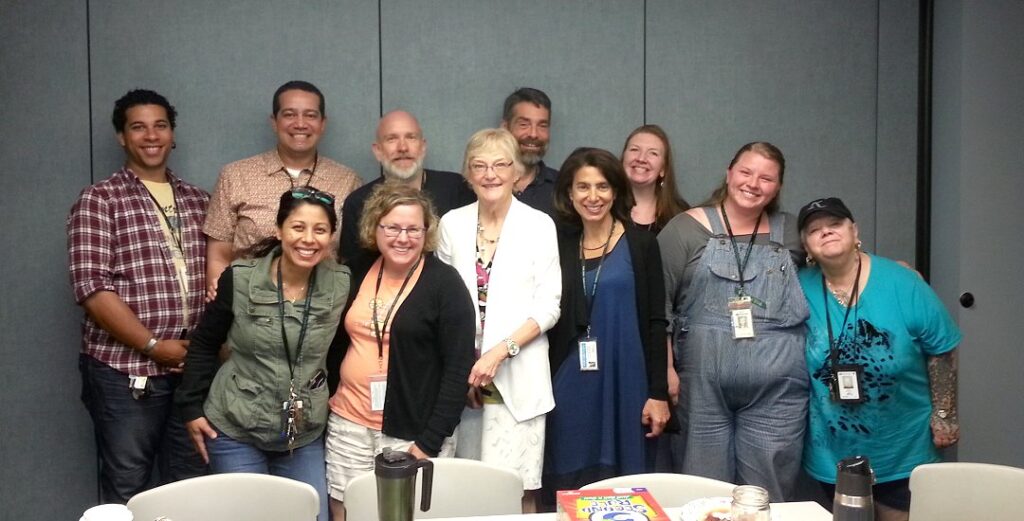
Seattle & King County health officials have established a series of initiatives to “prevent overdoses, save lives, and clear paths to recovery for all.” These efforts address the urgent needs of individuals, while also steering those same people to longer-term support systems that can improve individual and community health.
Designated Crisis Responders and Emergency Service Patrols in the county respond to tens of thousands of calls annually, leading to mental health evaluations and, when needed, transportation to temporary housing, sobering centers or treatment.
Public communication campaigns broadly educate county residents about overdose prevention and stigma, while targeted training in communities with particularly high risk or burden brings actionable information where it is needed most.
How to respond to “enabling” criticism
Drug overdose deaths in big cities have more than tripled in the past decade. In response, many city governments have made services available without requiring people to stop using drugs before receiving support.
Harm reduction is a public health approach to drug use. Some city residents criticize harm reduction as “enabling” drug use. Our research identified two effective responses to that criticism:
Harm reduction ensures people have immediate access to proven, evidence-based strategies for reducing drug overdoses and other drug-related health harms, as cities rally the resources to fund housing and the full scope of supportive services we need long term.
Harm reduction treats people who use drugs as people, rather than as criminals, and reduces the chance that they will die or experience serious health issues before getting any help they may need. We cannot make the people we love stop using drugs, but we can give them the opportunity for a longer, healthier life.
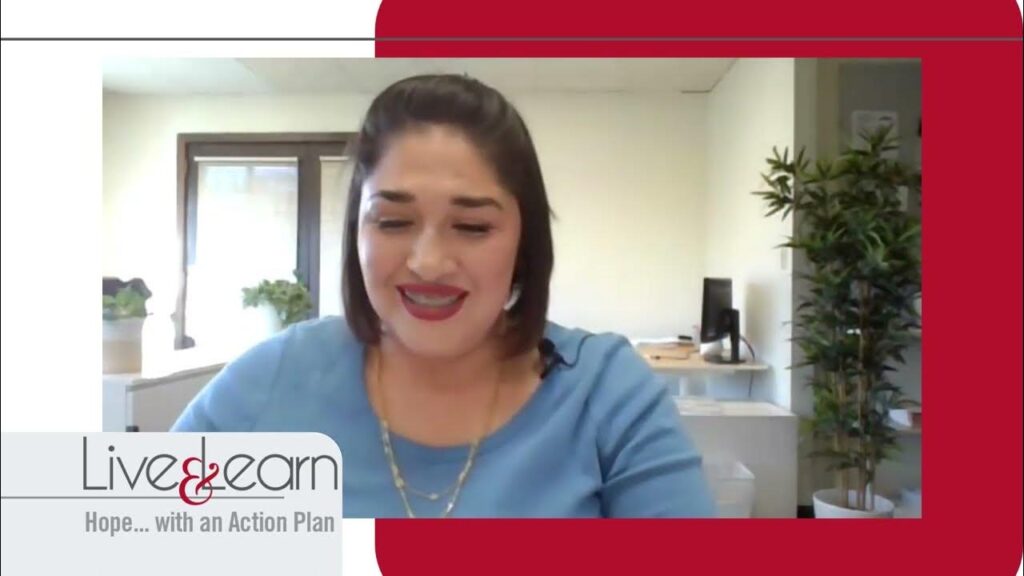
Maricopa County – which serves Phoenix and surrounding communities – is investing $2 million of its opioid settlement funds to support 12 local organizations that serve community members with education, prevention, and treatment services.
One such effort, Live and Learn Arizona, is designed to increase participation in the Women Building Resiliency program which helps provide low-income women with a “structured pathway to maintain sobriety, develop economic self-sufficiency, and achieve long-term sustainable stability.” (Watch April’s story of resiliency that she built through this program.)
This proactive approach acts now and into the future by pairing treatment services with skills that can yield sustained economic improvement.
Policy next steps
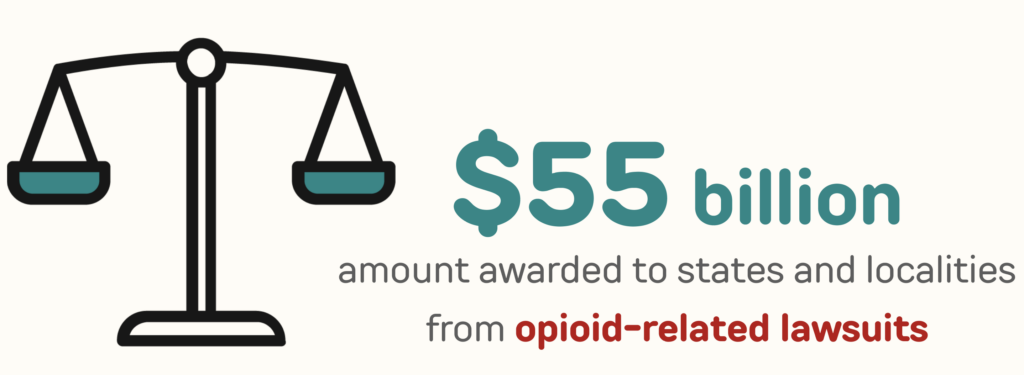
City residents support investing in proven public health strategies. Local policymakers should look to their health department leadership to provide expert guidance on how to invest opioid settlement dollars.
For additional support, see the resource compendium created by Prevention Institute, BCHC, and other partners.
Methodology
We collaborated with Hart Research to complete this work in three phases:
Downloads
Findings summary
Download now Findings summaryFull playbook
Download now Full playbookPublic memo from Hart Research
Download now Public memo from Hart ResearchRecommendations for local policymakers
Download now Recommendations for local policymakersRecommendations for federal policymakers
Download now Recommendations for federal policymakersRelated messaging work
Our findings concord with and extend earlier work by us and our partner organizations such as:
About us
The Big Cities Health Coalition is a forum for the leaders of America’s largest metropolitan health departments to exchange strategies and jointly address issues to promote and protect the health and safety of their residents. Collectively, BCHC’s 35 member jurisdictions directly impact more than 61 million people, or one in five Americans.
The project was primarily funded by Vital Strategies and Open Society Foundations.

